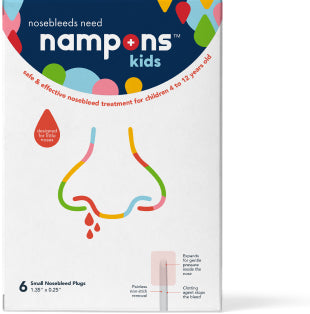Nosebleeds are more common in the winter, and not just because of the cold and flu season. For many sufferers, the colder, dryer air is enough to trigger persistent nosebleeds, leaving them frustrated and bloodied until those dark nights disappear and the warmer weather appears.
But why does cold air cause nosebleeds and is there anything you can do to prevent them?
The Problems with Cold Air
Cold air doesn’t hold much moisture, and this can dry out your mucus membranes, resulting in cracks. It’s a problem that’s worsened by the fact that people tend to spend more time indoors with the heating turned up and every drop of moisture sucked out of the room.
Your nose is filled with small and fragile blood vessels and it doesn’t take much for these to rupture and bleed.
How to Fix the Issue
Everyone can suffer from nosebleeds as a result of dry and cold air, but some people are more exposed than others. If you have a history of nosebleeds during the winter months, there are a few things you can do to reduce the risk.
The first is to prevent any further aggravation to the nasal lining. Refrain from picking your nose and try not to blow too hard. If you fall ill with a cold or flu, don’t blow too hard or too much, and wipe with moist tissues instead of dry ones.
Saline nasal sprays can help, as well, as they will introduce moisture to your nose and prevent the mucus membranes from becoming hard and cracked.
Finally, think about purchasing a humidifier to introduce some moisture into your home. If you find that your skin is dry and your lips are chapped, there’s a good chance that your nasal lining will be suffering as well.



